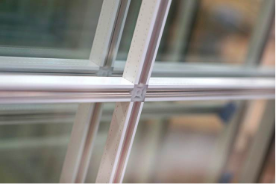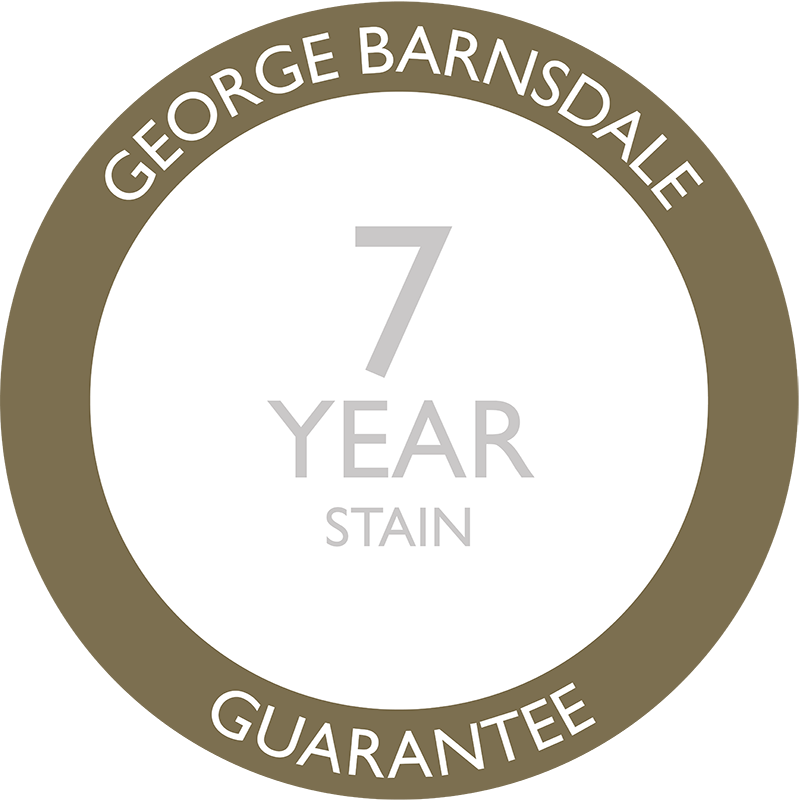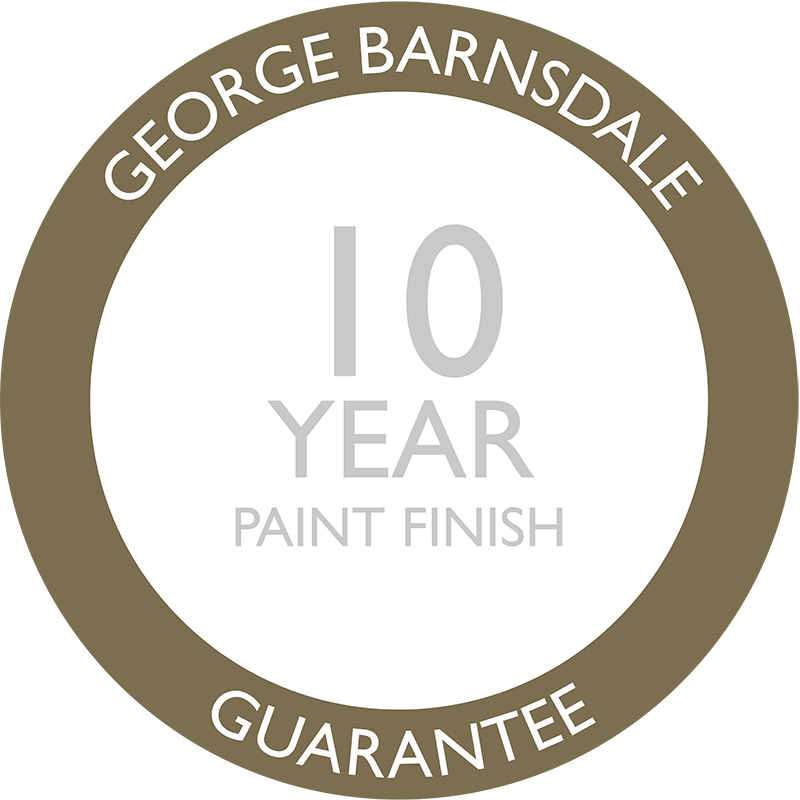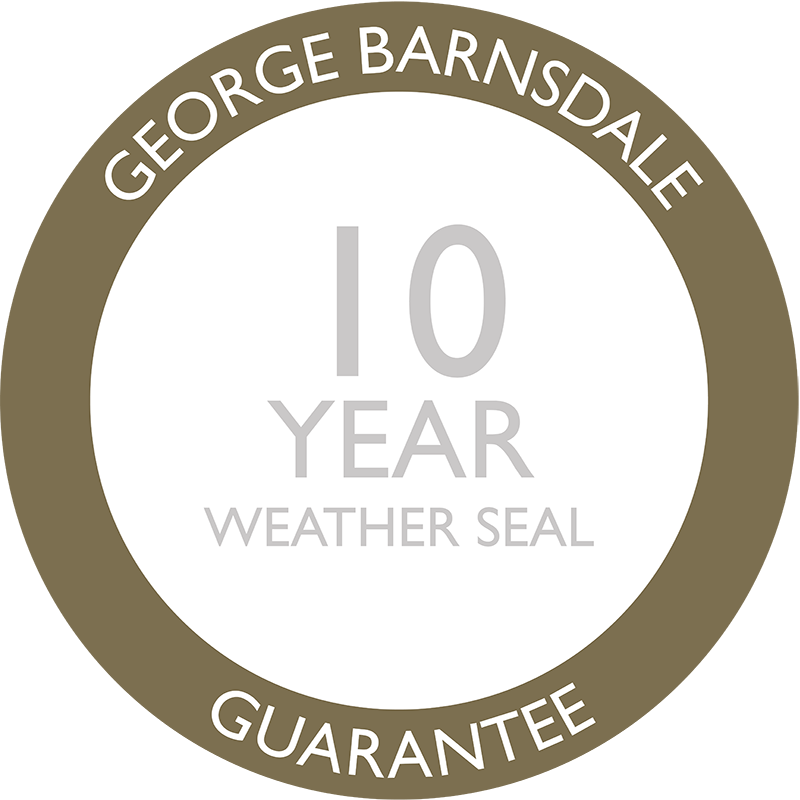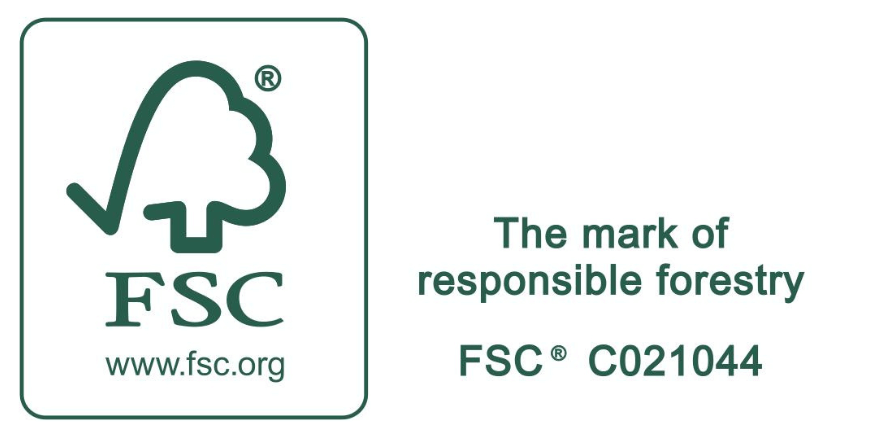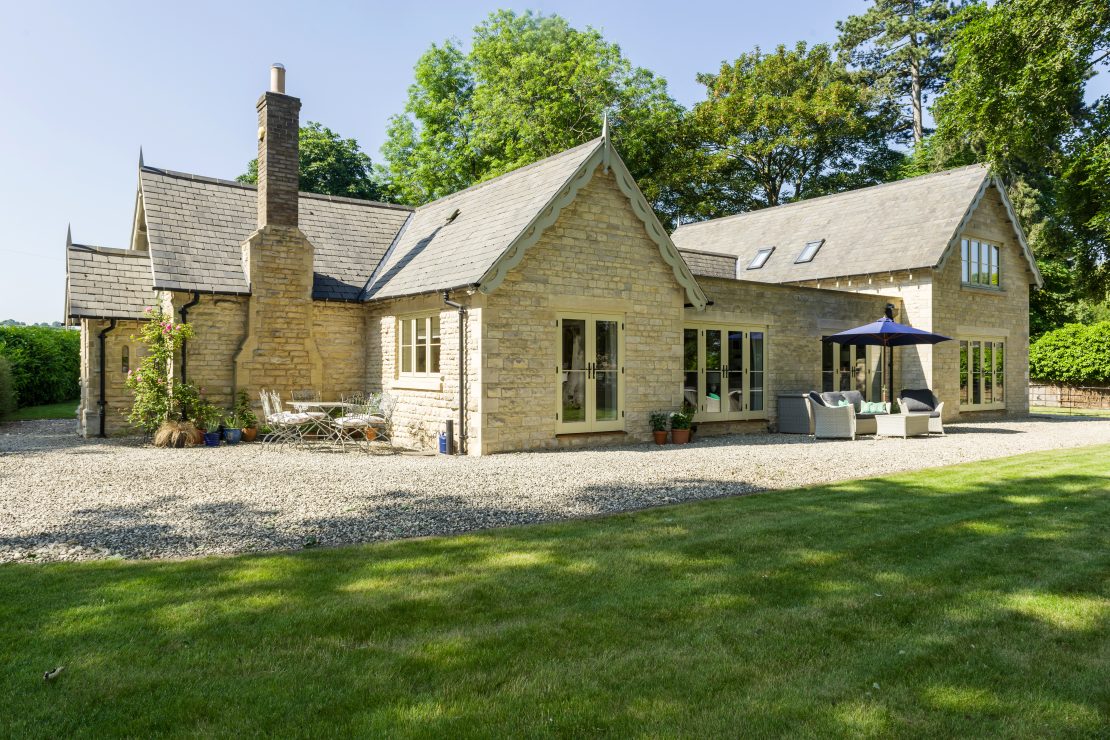February 13, 2025
When specifying timber windows for an upcoming project, the responsibility lies with building professionals and architects to ensure that the materials and window components meet the aesthetic, material, and performance requirements specified by the client. However, with ever-changing requirements and competing specifications, this can be tricky, and as a result, it might mean that what you want your window to be might differ from what is possible.
It is important to understand how your window performs and what standards and regulations you need to consider when building your product specification. There are various performance factors that require consideration when building a specification. These are;
- Security Performance
- Thermal Performance
- Acoustic Performance
- Weather Performance
- Safety Performance
- Fire Performance
In this blog, we will look at each of these individual performance factors and the standards of each to provide guidance on what to consider when specifying timber windows and doors.
Security Performance
There are several tests or standards for the security of timber windows. Security requirements can be either specified or defined by the manufacturer to ensure the requirements of the building regulations are met. They are put in place to ensure the building and its inhabitants are secure, therefore all products that affect this, are required to demonstrate how they can be specified in accordance with security performance requirements. There are three main areas for security that you should be aware of when building your specification: PAS 24, Secured by Design, and Part Q.
PAS 24: 2022:
PAS 24 is a security standard designed to assess whether a door and frame can withstand a series of measured manual and mechanical tests to withstand an opportunistic intruder for a defined period of time. Where PAS 24 is required, it’s important to ensure you select a complaint product design from a manufacturer to guarantee your window is specified to PAS 24.
Secured by Design:
Secured by Design (SBD) is a police initiative developed to improve the security of buildings and their immediate surroundings. There are two sides to SBD. The first, SBD Compliant, requires the product to be certified to PAS 24 by an approved notified body. PAS 24 certification also requires BS644 compliance and as a result, must have a weather classification test in accordance with BS 6375-1 and pass durability and opening forces tests under BS 6375-2. The second, SBD Accredited, is an additional status that allows products to be marketed with the SBD logo and feature on the website.
Part Q Building Regulations:
Part Q of the building regulations, or Approved Document Q, relates to new dwellings only; this includes dwellings formed by a material change of use and covers all accessible doors, plus the ground floor, basement, and other easily accessible windows. For the woodworking sector, this document introduced new requirements for the security rating of doors and windows in new homes (including new homes created by a change of use, such as barn conversions).
Thermal Performance
Thermal performance of a window relates to the thermal insulation it provides, preventing heat loss from a building, and the solar gain it provides, allowing heat into the building. It is essential that windows prevent heat loss and provide appropriate insulation for the building type. The thermal performance of a window is measured using U-values, a measure of energy lost through a meter square of the material per degree Kelvin per second (U-values have a unit of w/m2K). The U-value measures how good the material or product is at insulating, thus reducing energy loss.
There are strict regulations on thermal protection for residential buildings. Following the new building regulation update in June 2022, the requirement for maximum U-values changed. Before these changes, the maximum U-value for windows was 1.6 W/m2K. From the 14th June 2023, U-values of 1.4 W/m2K or less are now required. The minimum U-Value calculation method has always been based upon a standardised design for varying product ranges. U-Values must be specifically modelled for each item and can’t be derived from a product standard.
There are two standards for U-Values:
BS EN ISO 10077-1: 2017 – Thermal performance of windows, doors and shutters. Calculation of thermal transmittance, general:
BS EN ISO 10077-1 specifies methods for the calculation of the thermal transmittance of windows consisting of glazed and/or opaque panels fitted in a frame, with and without shutters. Uwindow (or Uw) is an important measure as this is the overall performance of the window. This standard only applies to new build properties.
BS EN 10077-2: 2017 – Thermal performance of windows, doors and shutters. Numerical method for frames:
This standard specifies a method and gives reference input data for the calculation of the thermal transmittance of frame profiles and of the linear thermal transmittance of their junction with glazing or opaque panels. The standard outlines how to calculate the Uf, the U-value of the frame.
Various factors can affect a change in U-value, these include:
- Space between the panes
- Number of panes
- Type of coatings applied to the glass
- Gas fill between panes
- Glazing bars or plain glass
As well as the above factors, the exact design of each item may determine if the window achieves the target U-value or not. When supplying items for new build properties, it’s important to consider the area-weighted average U-value to consider the area of each item in relation to the overall area of the product.
Acoustic Performance
Acoustic performance defines the acoustic insulation provided by a window, which is the amount of noise it prevents penetrating from the outside through the window to the inside.
When considering acoustic specification, you can specify to BS EN ISO 717-1 as a minimum, which focuses on the rating of sound insulation in buildings and building elements. However, enhanced acoustic performance can be achieved if the manufacturer has carried out sufficient testing of all types of windows, as they should be able to provide good data.
Requirements for acoustic performance can be described as:
- Rw – this is a weighted acoustic value that assesses noise across all frequencies by applying a weighting based on how sensitive the human ear is to these frequencies resulting in a single value.
- Rw +Ctr – this is a variant of Rw with a correction for traffic noise with the purpose of providing a more relevant value for buildings near roads.
- Octave bandings – rather than providing a weighted value, this provides a performance requirement for each frequency octave which usually comes from measuring the current noise source and defining the requirement in the building and what is required in each frequency octave to achieve it.
To tackle these risks, noise management has been enshrined in law under Part E of the building regulation, which addresses the ‘resistance of the passage of sound’. Architects and specifiers also address acoustic performance and specifications in their plans to make properties more appealing and to enhance the living environment, particularly in towns and cities where noise pollution is prevalent.
Weather Performance
Windows are expected to keep the elements out, minimising air leakage and keeping water out. Weather performance defines the ability of the window to prevent the elements of air and water from getting into the building and to ensure the window is structurally capable of withstanding wind loading. There are no specific weather performance regulations that apply to windows; however, guidance is available.
Higher specifications of windows are required in areas of higher exposure to the elements. For instance, if the windows are protected within a town (at least 0.5km into the town), or if the property is in a coastal (within 1km from the coast) or semi-coastal (between 1km and 10km) area.
Despite there being no specific weather performance regulations, we can refer to the following as a guide to support when building specifications:
BS 644:2012 – Timber Windows & Doors:
This standard requires a window to be classified for their weather performance but has no stipulation for what classification they should achieve.
BS 6375-1:2025 – Performance Windows & Doors:
This standard defines how products should be classified and defines a method for specifying a performance level and classification. It is important to note that this performance level has no legal merit and is a guidance only.
BS EN 14351:2006 – Windows & Doors. Product Standards, Performance Characteristics:
This standard requires air, wind, and water performance to be CE-marked if these performance values are stated.
Safety Performance
Building regulation, Approved Document K, is concerned with safety performance and protection from falling, collision, and impact. For windows, safety performance relates to barrier loading (protection from falling), restrictors, and protection against impact with glazing (collision and impact).
Barrier Loading
Barrier loading refers to the force applied to a barrier per linear meter. The specification requirements for barrier loading come from the building regulations, which can be achieved by numerous methods, with BS6180 being the norm. Some specifications are now specifying BS EN 16612 as the calculation method, which is a more stringent standard, especially for laminated glass. Barrier loading must be considered if there is glazing below 1100mm, and the drop is >600mm for residential or 380mm for commercial buildings. A window is deemed a barrier if the glazing is below <800mm and the window is the final barrier of safety. Therefore, if the window is deemed a barrier, it is important to establish the relevant loads required.
If a window is deemed to be a barrier, the glass must also be specified to perform as such. The table below provides guidance to the BS6189 standard for Occupancy Class 2:

The window frame must also meet the same requirement.
Glazing
Any glass within 800mm of the finished floor level (FFL) must be safety glass (usually laminated or toughened). Glazing should also be specified to avoid the risk of failure due to thermal stresses within the glazing pane because of temperature differences. This can be caused by a difference in temperature inside and outside of the unit and differences across the pane due to shading.
Fire Performance
Fire performance in buildings is generally evaluated through fire resistance and reaction to fire which are both crucial in determining how the timber will perform in the event of a fire.
The requirements for fire windows are complex and therefore should be established at the beginning of the specification process to understand exactly what it is that’s required. The requirements will be in the form of insulation, which outlines how long before the heat reaches the defined temperature on the non-fire side of the window. This would be stated in the form of 60/30, for example, meaning 60 minutes integrity and 30 minutes insulation.
You may not always be able to replicate an existing window if you require a fire window, however, the use of transoms, mullions, and glazing bars can allow a good approximation of the original design without compromising on the ability to replicate design.
There are various performance factors you should consider when specifying timber windows. It is important to understand that all factors should be considered of equal importance when building your specification to ensure you adhere to building regulations and industry standards. As well as performance, aesthetics and materials also play an important role in establishing your building specification, and so all three factors should be considered of equal importance to ensure you build a product that meets the correct standards and regulations.
We have decades of experience working with some of the UK’s leading architects and building professionals, providing guidance and support in building the most complex specifications, in order to deliver superior customised timber windows and doors for projects of all sizes. We blend detailed design with premium materials and cutting-edge technologies to ensure our windows and doors are made to the most exacting standards and deliver only exceptional performance.
For more information about factors to consider when specifying, watch the recording of our latest CPD, ‘Character & Compliance: Confidently specify timber windows and doors’.
